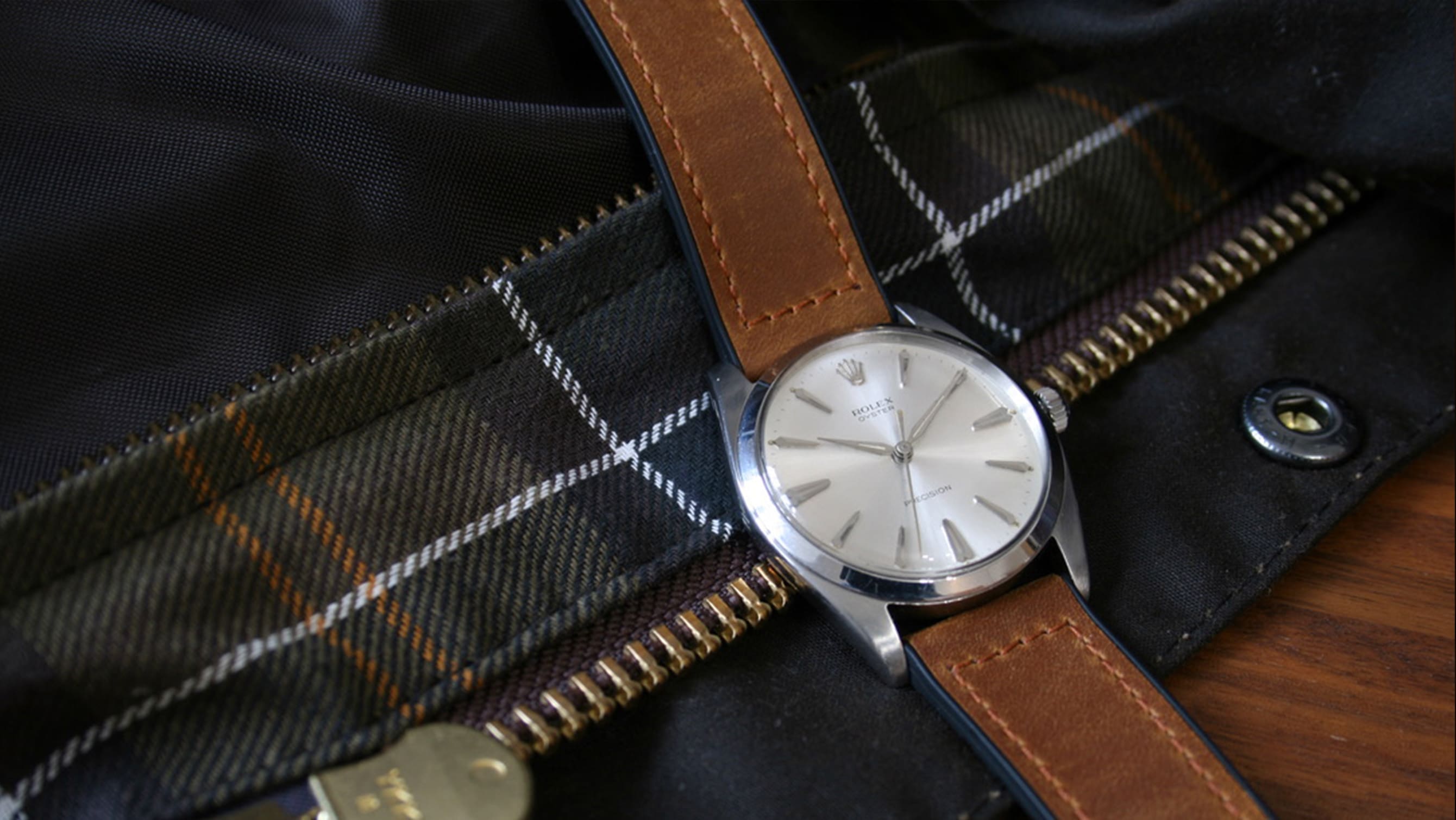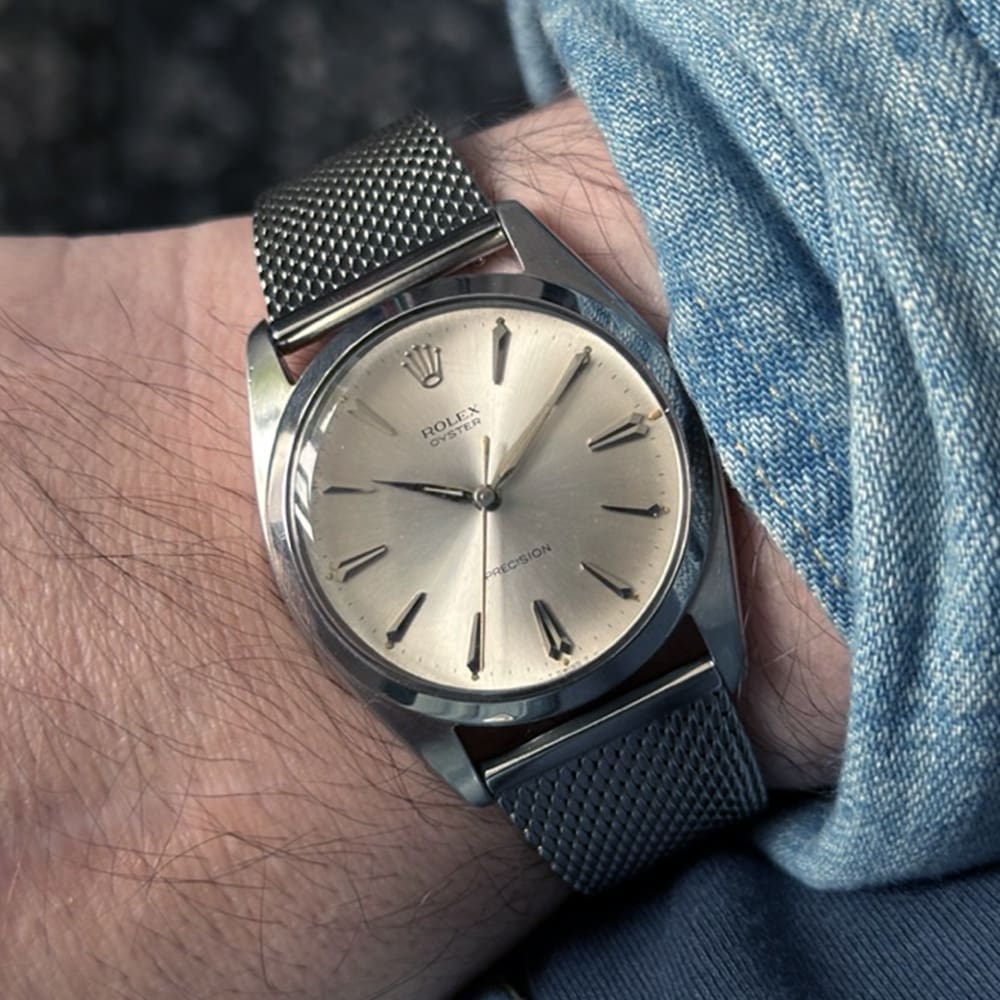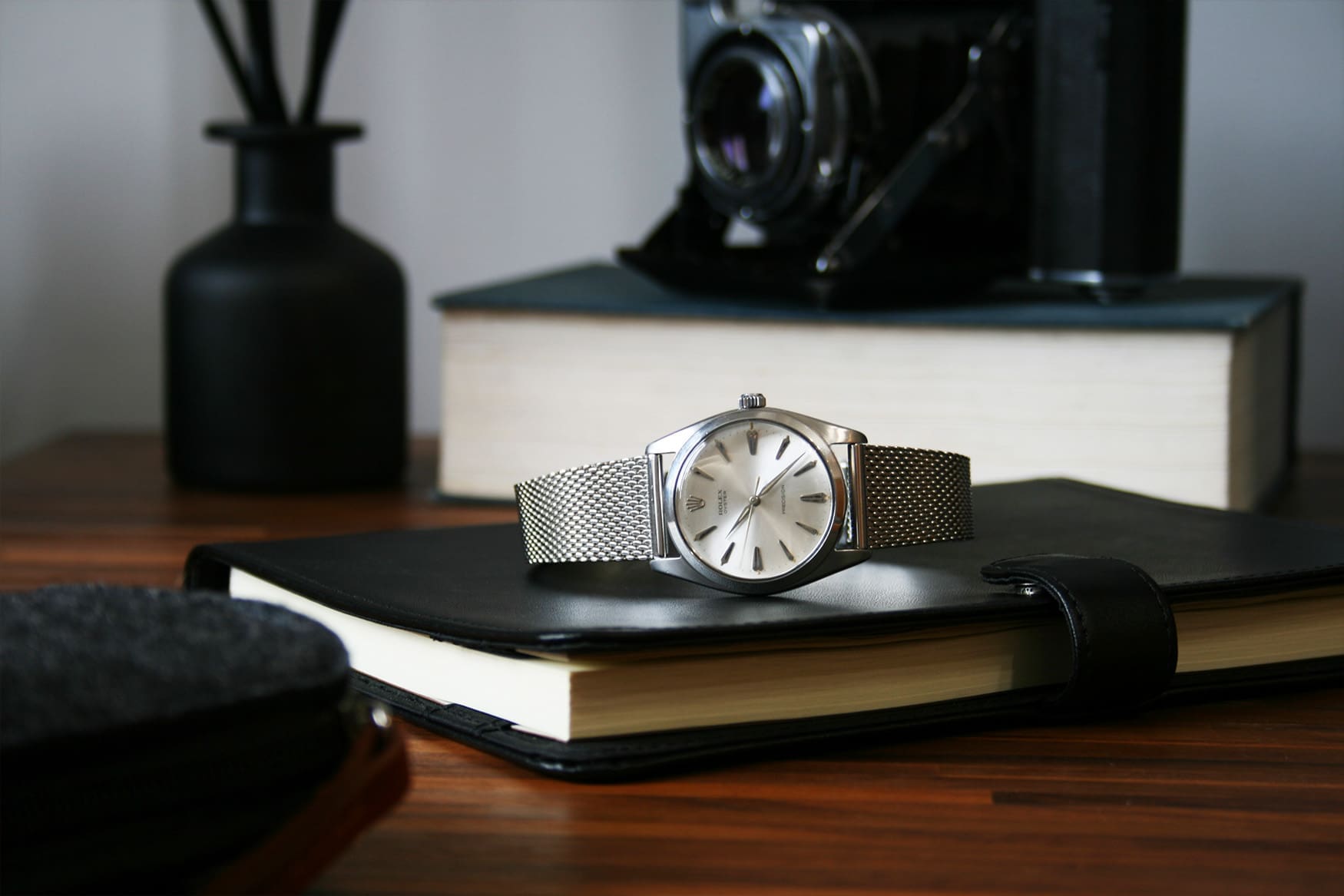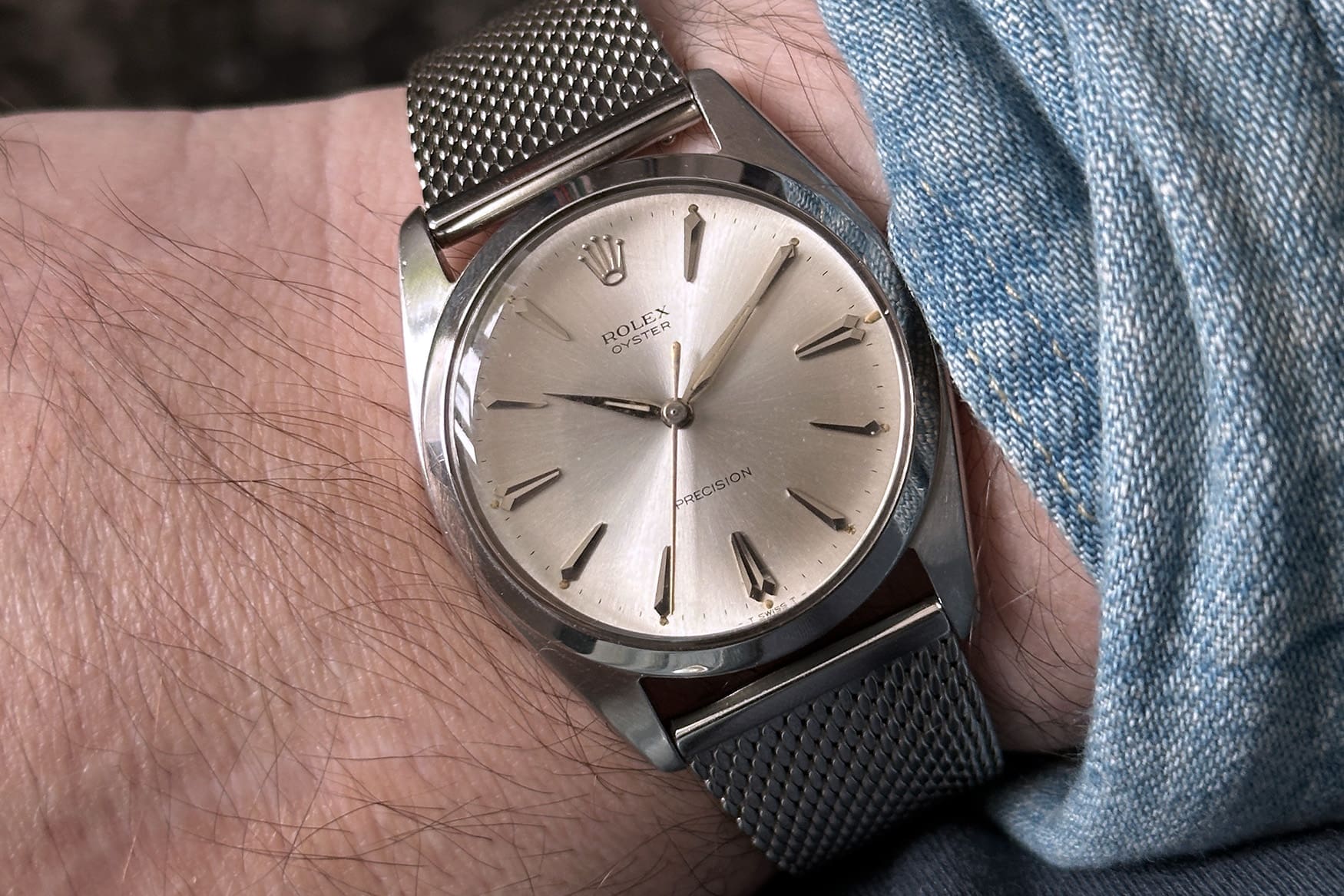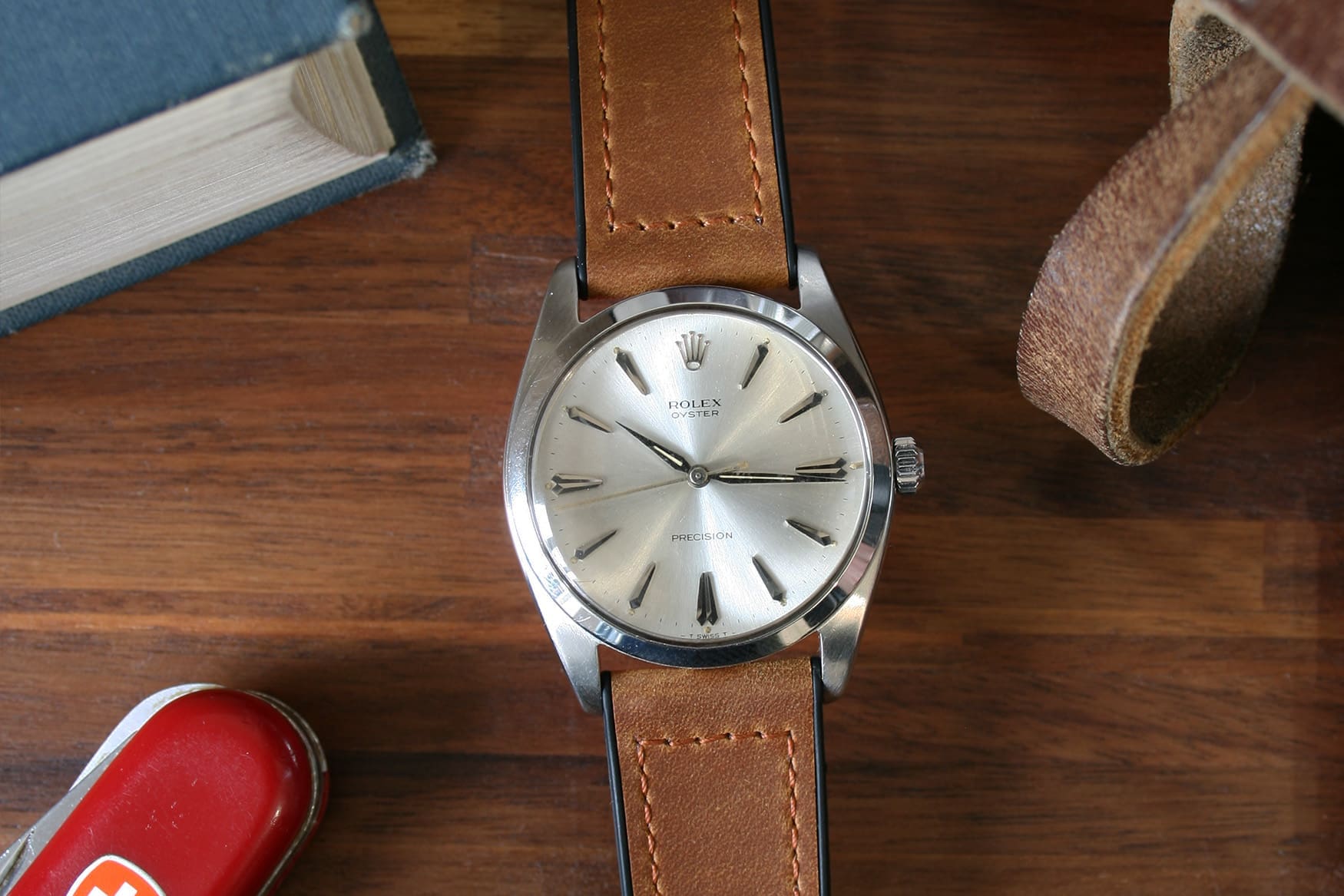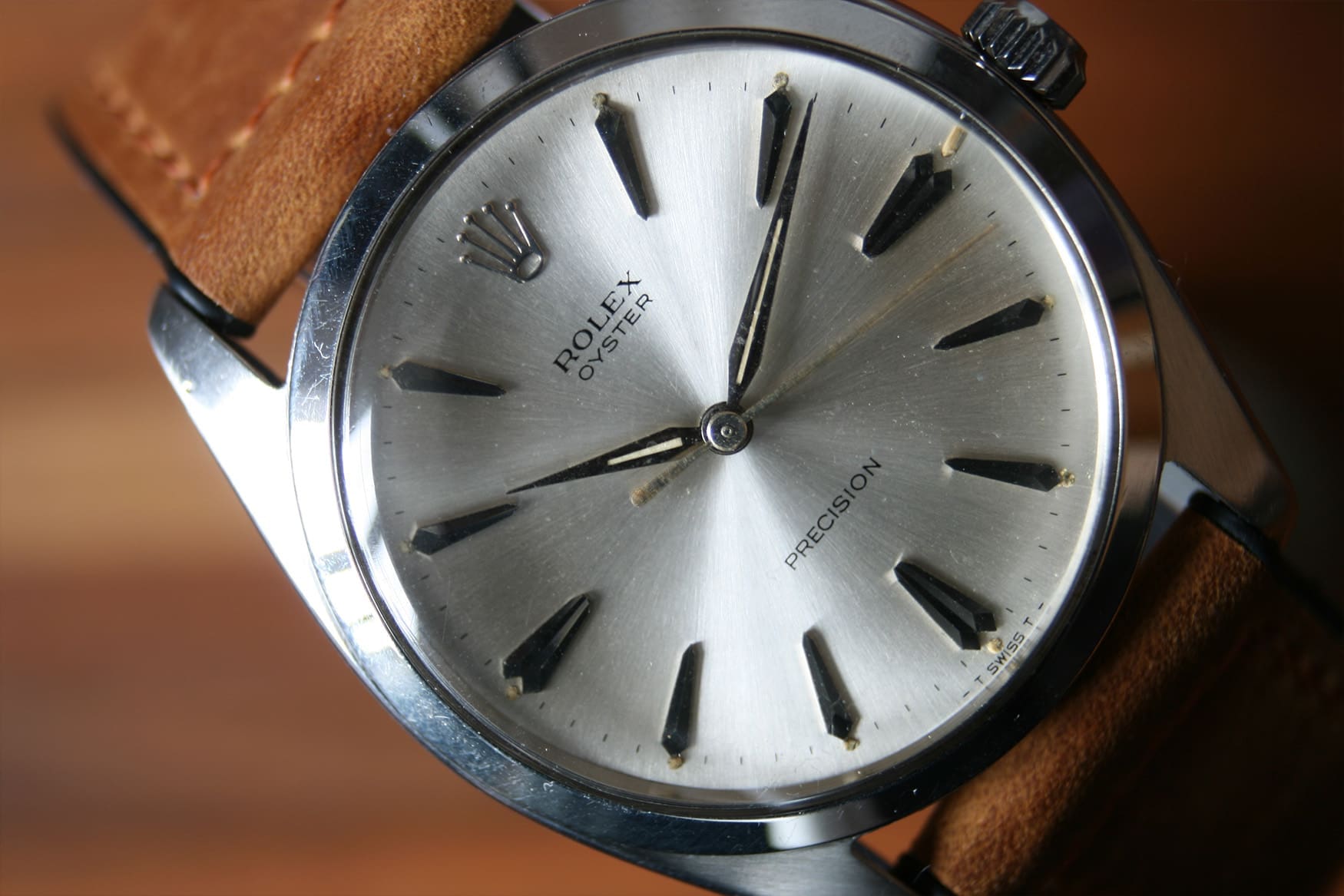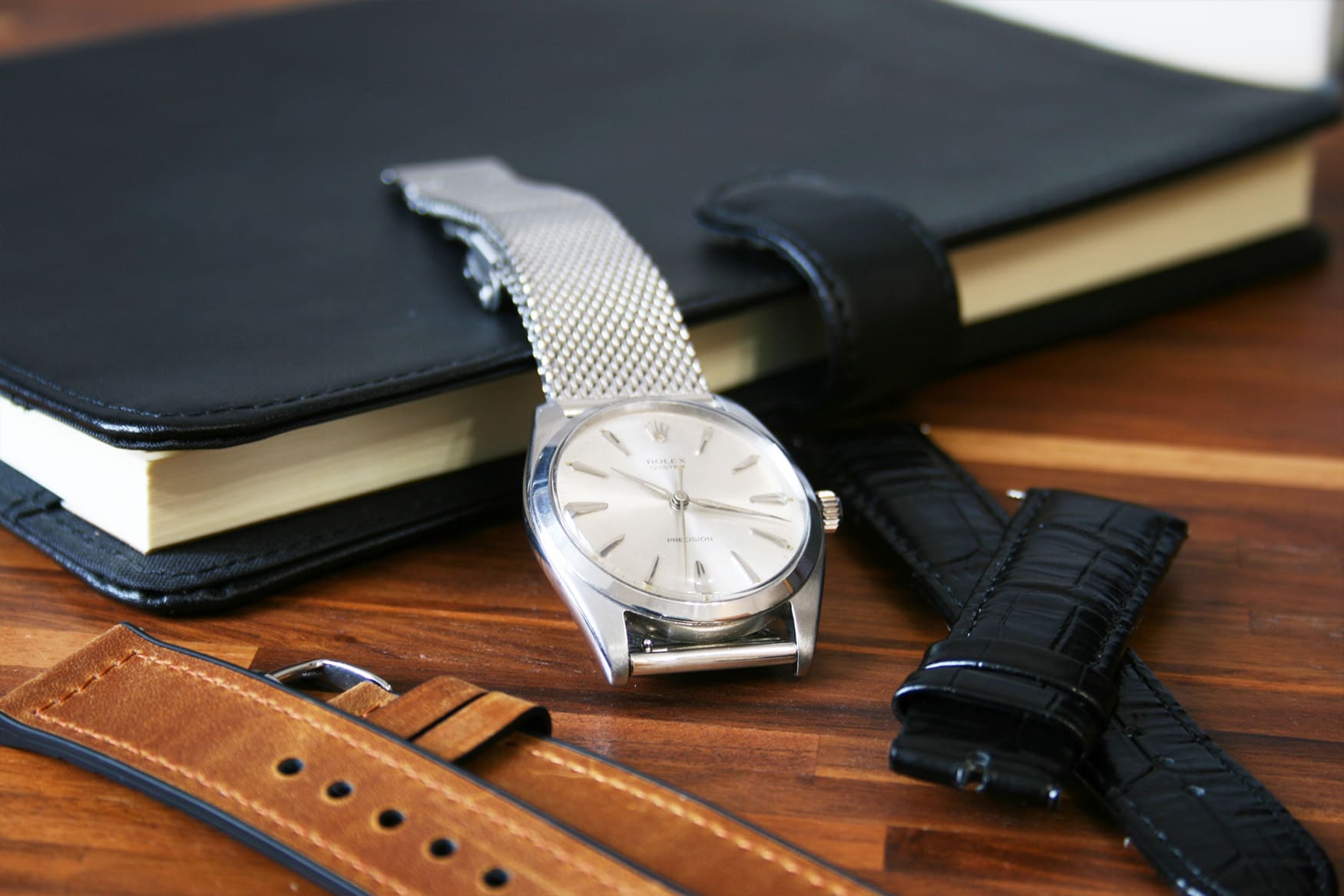A collector’s first foray into vintage, and why you should consider it too
Tom AustinMy watch collecting journey started when I was very young. Something inexplicable attracted me to these collectible wrist companions, and I can safely say I’ve barely gone a day in my life without wearing one. While all of these watches have been inherently disparate, one common theme runs through my collecting journey – pretty much every single one has been brand new. If I had to, I would hazard a guess that this statement is probably true for a lot of you reading this right now. Being born in the late ’80s meant that I grew up in the golden age of consumerism where nothing is made to last, and everything can be thrown away and replaced with the newest thing. Sadly, this was my view of watches in the early days. Growing up, I’ve owned tonnes of watches I wish I’d never thrown away, lost, sold, or tried to take apart only to realise I can’t put them back together again. And being a fairly spoilt young lad, a new watch was never that far away either. Research for me was limited back in those days too, it usually meant being stuck with commercial catalogues, all only containing new stuff.
This pattern continued as I got older, but the watches just got incrementally more expensive. Into the era of my thirties, I was fortunate enough to be able to collect certain watches I never thought I’d be able to afford. This as we know, becomes a different activity entirely, having to play the slowest game of cat and mouse known to man with your authorised dealer. I’m aware there will be many readers who are yet to receive one, but I’ve been the lucky recipient of that call now a few times. While this may sound a little obtuse, none of them beat the first one I had. Having been there, done that, and got the t-shirt, it no longer excited me, and one thing that I think no one talks about is how the magic of connecting with your next watch can be extinguished by the fact you can’t buy it, or sometimes not even be deemed worthy enough to. This is what lead me to start looking further afield, into the world of vintage watches.
Choosing to go down the vintage route opens up an abundance of choices and questions before you even start looking seriously. How much do you want to spend? How much can you spend? What size watch are you looking for? A lot of vintage pieces are smaller than the contemporary watches you’re used to, can you handle that? What if you buy a fake? What if you buy a lemon? Do you want hand-wound or automatic? What brand do you want? The choices laid out in front of you are overwhelming, and if you’re not careful, you’ll end up just giving up and flicking back through the new collections where you’re seemingly safe. Given my wrists are akin to that of a gorilla, I knew my choices were relatively limited. Chances are I wouldn’t have been able to pull off one of those tiny vintage Cartier Tanks you see on Instagram looking all sexy and incredible. So, I needed to go a little bigger. I settled on something 36mm, as I believe it’s versatile and timeless, something that would look great with a suit on special occasions, but also look cool with a denim shirt and chinos. I had a budget of around £2,000, so off I went on my new favourite pastime – watch hunting. The amount of time this took staggered and frustrated me. Not just from my own pickiness, but also because the amount of watches on the market is bewildering. I used every platform you could think of: watch auction sites, eBay, Chrono24… I spent countless hours perusing, and after around three months of searching, I finally found it. I found the one that sent that spark like I used to get when I was a young boy.
The Rolex 6424 Oyster Precision “Big Oyster” from 1965. On eBay of all places, and after doing some digging, I found that the seller was a small vintage watch dealer, located around 40 minutes from where I live. Even better. I could have just bought the watch there and then, and “enjoyed” the process of waiting a couple of days for the delivery person to knock on my door, but where’s the fun in that? So, I decided to dig a little further and contact him. Within 24 hours, I found myself sitting in his workshop, surrounded by incredible watches, discussing things from the subtle nuances of every Speedmaster model to the underappreciated finishing of Glashütte Original. After around two and a half hours of coffee-fuelled watch discussion, I left with my new-to-me Rolex and a massive grin on my face. This feeling wasn’t the same as leaving the AD. The dealer didn’t care if I bought the watch or not, there was no sales pitch, nothing trying to convince me to buy it, and it was such a refreshing experience for it.
The watch itself is a marvellous example, and quite rare too. The name “Big Oyster” for the 6424 comes from the fact that it’s 36mm, larger than most watches of its period (and perfect for my tree trunks), although it is a little smaller than I would usually go for. I let this slide because, to me, versatility has to start with the size. The case is also missing lug holes, something usually reserved for precious metal Rolexes from that era. There doesn’t appear to be much over-polishing either, showing its 58-year-old age well, but still looks clean and crisp with a fine patina. I took a loupe and a UV torch with me, to check things like the dial and hands for a sloppy re-lume, and despite not being an expert (I felt like one using them though), it was obvious when it was in front of me that the dial is completely original, but the hands have been carefully re-lumed at some point. No big deal, it’s been done well. The silver sunburst dial is clean and has begun to take on a slightly gold tone, with some charming tarnishing on the hands and hour markers. These are what attracted me most, it’s not often these arrowhead hour markers appear, and they look fantastic. The plexiglass crystal is all original too, fully intact and showing signs of crazing in certain lights, something I know collectors love to see. The movement is the manually wound calibre 1215, with around a 56-hour power reserve, lever escapement, and 17 jewels. Rolex didn’t have these movements certified, hence why it lacks the “Superlative Chronometer” text on the dial, but they were made to the exact same standards as those that were, and as such were denoted the “Precision” line.
Initially, I intended on reserving the Big Oyster for special occasions, popping on a black leather strap or Milanese bracelet and pairing it with some formal events. However, since picking it up, it’s been getting much more wrist time than the rest of my collection. There’s something whimsical about wondering where it’s been and what it’s seen over the last 60-odd years, and that to me is much more special than a watch I recently picked up from the AD, living in a safe.
If you’ve never bought a vintage watch before, you should. The journey can easily beat that boring trip to the shopping mall, or waiting for the delivery driver to arrive, and you never know who you will meet and where it will take you. Spending time with the dealer (who was also a watchmaker) was amazing, and there’s certainly something to be said for buying the dealer, and not the watch. There’s nothing like delving deep into the history of a brand or model, discovering its hidden treasures, and finding something that resonates with you, no matter what your tastes are. And if you are looking and haven’t found that yet, keep going, you will eventually.




